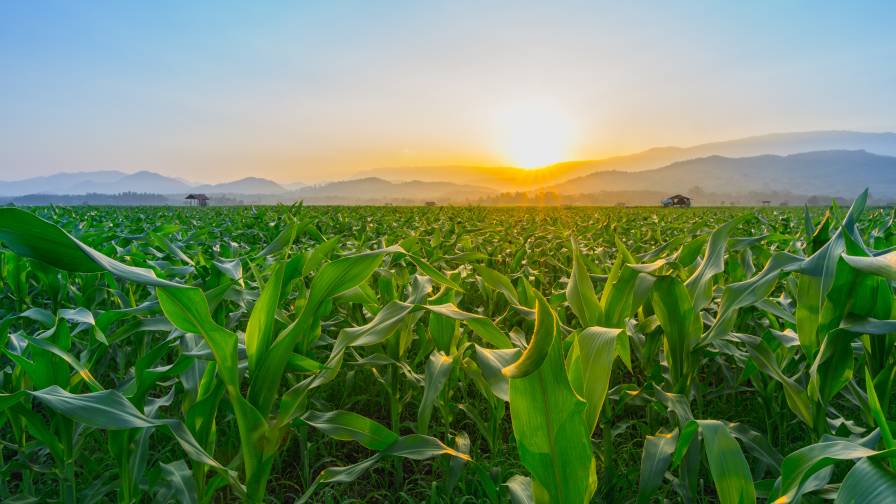Why Agriculture Is India’s Silver Lining
The year 2020-21 has seen India’s economy suffer terribly, with its largest ever contraction in GDP of 7.3 percent, writes Naini Thaker at Forbes India. However, it has grown by 20.1 percent during the April-June quarter of this financial year. Agriculture, which has been a silver lining for the Indian economy since the pandemic struck, has continued to grow as the latest GDP figures show. The sector’s gross value added (GVA) has grown 4.5 percent in Apr-Jun FY22 when compared to FY21, when the sector had reported a growth of 3.5 percent on-year.
According to the Economic Survey of India 2020-21, in FY20, the total foodgrain production in the country was recorded at 296.65 million tonnes — up by 11.44 million tonnes compared to 285.21 million tonnes in FY19. Exports of only agricultural products (excluding marine and plantation products) increased by 28.36 percent to $29.81 billion in 2020-21 as compared to $23.23 billion in 2019-20. India is also seeing growth in the export of cereals, non-basmati rice, wheat, millets, maize, and other coarse grains.
According to reports, the sector grew at 3.63 percent, which though lower than the 4.31 percent growth in 2019-20, was still a significant cushion for the overall economy. Other sectors like contact-based services, manufacturing and construction, that were hit the hardest, have been recovering steadily.
Though the pandemic disrupted supply chains and caused stress in the sector initially, it has also given rise to a push in the use of technology enabling farmers and companies alike to make the most of resources, and the sector is likely to be one of the major drivers of economic revival going forward.





